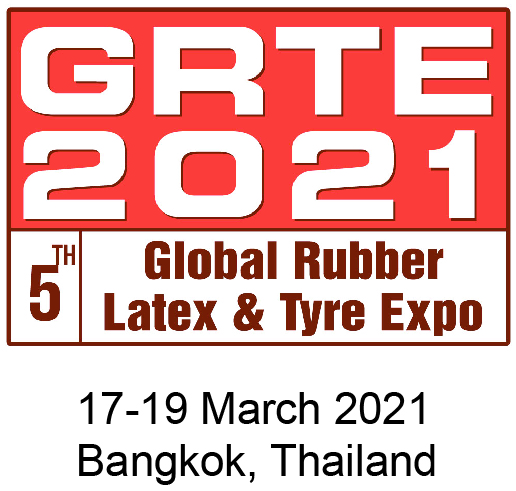Cambodia's Rubber Exports increase 17 Percent in January
Rubber&Tire Digest 09/03/2020 3180 views

Cambodia exported 27,445 metric tons of rubber worth $40 million in the first month of the year, up 17 percent compared to the same period last year, Ministry of Agriculture, Forestry and Fisheries official Khuon Phalla reported. Phalla, who is the director of the General Directorate of Rubber’s Department of Administration and Legislation under the ministry, said production also increased last month. An increase in global demand was the main driver of the industry’s growth last month, he said, as China remains the largest market for the Kingdom’s rubber. The average price last month was $1,433 per metric ton, up $207 from December. “I expect that the price of rubber will continue to increase over the next few months,” he said. Long Sreng International Co. Ltd. general manager, Heng Sreng, told The Post that the rubber market demand saw a slight increase last month. His company cultivates rubber on 4,500 hectares in Kampong Cham. The average price for natural rubber, he said, currently stands between $1,350 and $1,500 per metric ton. His company, which operates under the name Boeung Ket Rubber Plantation Company, exported around 7,000 metric tons to the international market last year. “I hope the rubber price will remain stable this year,” he said. Cambodia exported 282,071 metric tons of rubber last year, a 30 percent increase from 2018’s 217,501 metric tons, a ministry report said. The commodity reeled in $377 million in revenue last year, up 32 percent from 2018’s $286 million, it said. The data also showed that a total of 406,142 hectares of rubber had been planted last year, with more than 247,113 hectares having been harvested. Earlier, Rubber Development Department deputy director, Kou Phally, said the directorate announced a joint study on family-owned rubber plantations in three provinces to better understand how growers have responded to the sharp drop in rubber prices over the past nine years. The study will focus on the Kingdom’s three dominant rubber-producing regions: Kampong Cham province’s Stung Trang district, Kratie province’s Snuol district and Ratanakkiri province’s Bakeo district, he said. Meanwhile, rubber growers and exporters have expressed concern that prices will continue to fall as Thailand seeks to boost its natural rubber exports, Sopheak Nika Investment Agro-Industrial Plants Co. Ltd. owner and director, Men Sopheak, said previously. In November, Thai Minister of Commerce Jurin Laksanawisit told a conference of reporters and rubber growers that Thailand will boost natural rubber exports to increase incomes for the latter following implementation of the four-month curb agreement. In March, the International Tripartite Rubber Council (ITRC), which comprises Thailand, Indonesia and Malaysia, agreed to reduce rubber exports by about 240,000 metric tons from late May to late September to buoy local prices. The three Southeast Asian neighbors, which produce 70 percent of the world’s natural rubber, ended up slashing exports by 441,648 metric tons during the period. “We are concerned that when all the major countries increase their sales of rubber products, it will bring down the price of our rubber, as the cost of production in Cambodia is higher than in Thailand, Malaysia and Indonesia,” Sopheak said in November. “If we look at recent global demand and supply of rubber, we see that the supply of natural rubber is increasing while demand has decreased from 1.5 million metric tons to less than one million metric tons on the global market.”




